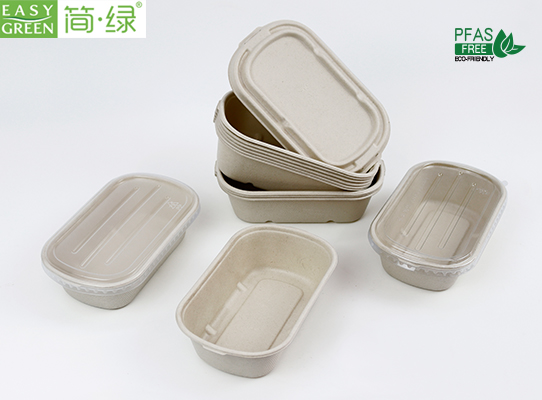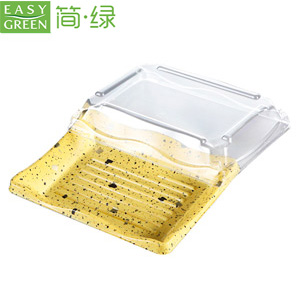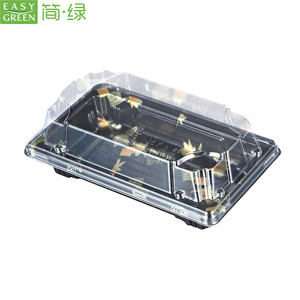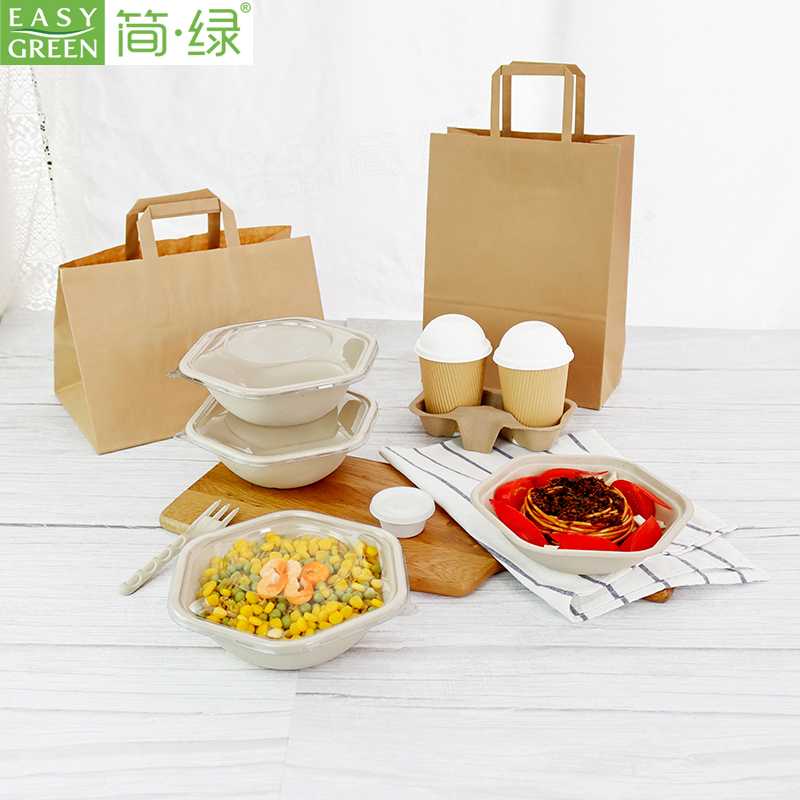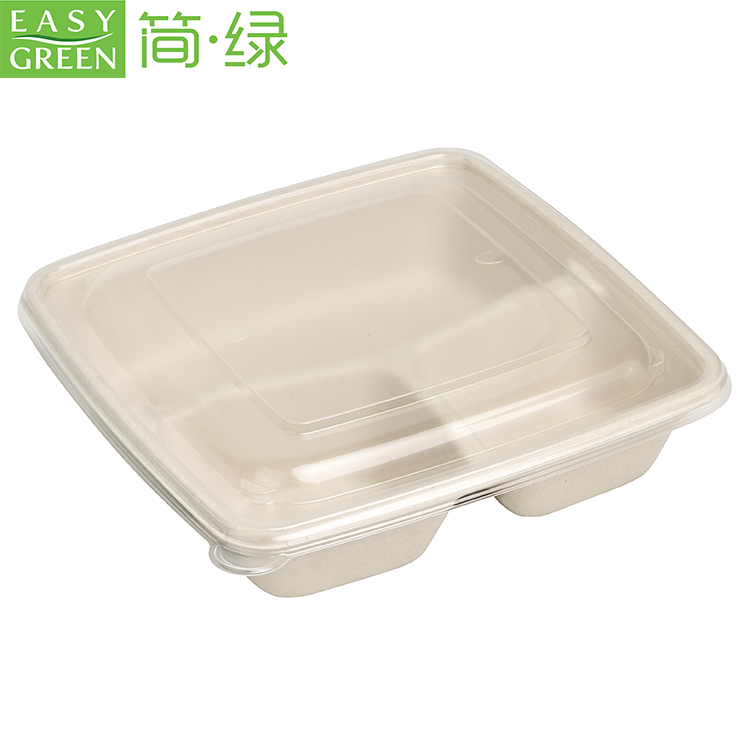In the vast landscape of agricultural byproducts, bagasse stands out as a versatile and sustainable gem. Derived from the fibrous residue left after sugarcane stalks are crushed to extract their sweet juice, bagasse is more than just a leftover; it's a treasure trove of potential waiting to be harnessed.
Traditionally, bagasse was often burned as a source of energy or left to decompose, contributing little to the circular economy. However, with a growing emphasis on sustainability and environmental conservation, bagasse has found new life as a renewable material with numerous applications.

One of the most notable uses of bagasse is in the production of eco-friendly food containers. These bagasse containers, made from molded bagasse pulp, are sturdy, biodegradable, and an excellent alternative to single-use plastics. They can withstand moderate pressure, making them suitable for takeaway food and beverages, while their natural origin ensures that they decompose harmlessly in the environment.
Beyond food packaging, bagasse is also finding its way into other industries. It's being used to create paper products, biofuels, and even building materials. The versatility of bagasse lies in its ability to be transformed into a variety of forms, catering to diverse needs while minimizing waste.
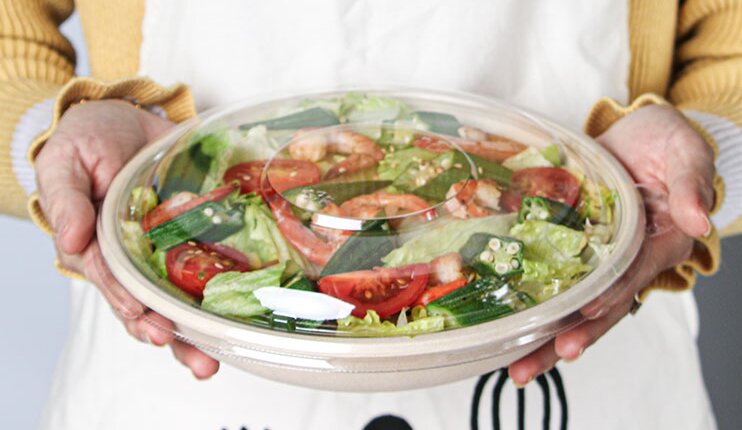
Moreover, bagasse's sustainability stems from its renewable nature. As sugarcane is an annually grown crop, the supply of bagasse is continuous, ensuring a steady stream of raw material for various applications. This not only reduces our reliance on non-renewable resources but also supports local economies by providing an additional source of income for sugarcane farmers.
In the context of global sustainability efforts, bagasse represents a significant step forward. By repurposing an agricultural byproduct that was once considered waste, we can reduce our environmental footprint and promote a circular economy. As we continue to explore innovative ways to use bagasse, the possibilities for this sustainable resource seem endless.
In conclusion, bagasse is more than just a byproduct of sugarcane processing; it's a testament to the power of sustainability and innovation. By harnessing its potential, we can create a greener, more resilient future for all.
 English
English 
